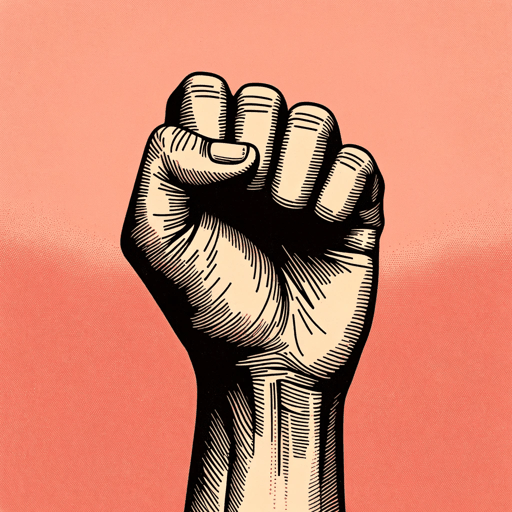52 pages • 1 hour read
Steve BikoI Write What I Like
Nonfiction | Biography | Adult | Published in 1978A modern alternative to SparkNotes and CliffsNotes, SuperSummary offers high-quality Study Guides with detailed chapter summaries and analysis of major themes, characters, and more.
Chapters 1-3Chapter Summaries & Analyses
Chapter 1 Summary: “Introduction”
The Introduction provides a brief biography of Steve Biko, a South African antiapartheid activist and leader of the Black Consciousness Movement (BCM). Biko’s activism began in 1966, when he started medical school at the University of Natal in Durban. While there, Biko got involved with the National Union of South African Students (NUSAS), an important organization in the country’s antiapartheid movement.
Two years later, Biko broke from NUSAS to form the all-Black South African Students’ Organization (SASO), becoming its first president in 1969. Biko became increasingly involved in politics over the next two years, until a 1973 government ban prevented him from traveling, speaking in public, and publishing. In 1976, the government detained Biko under Section 6 of the Terrorism Act. He was released without charge 101 days later, only to be detained once again in Port Elizabeth on August 18, 1977. Biko died in detention less than a month later, after being tortured and beaten by police officers.
Chapter 2 Summary: “SASO—Its Role, Its Significance and Its Future”
Chapter 2 is Biko’s 1969 address to the first National Formation School of SASO. Biko stresses the significance of establishing SASO amid widespread opposition from the white campus community and from Black militants, who feared it would promote conformism. He lists SASO’s overarching aims: 1) to crystallize the needs and aspirations of Black students and articulate their grievances; 2) to establish programs to meet the needs of Black students and act collectively to solve problems; 3) to foster connections between Black students across South Africa; 4) to foster a sense of identity among Black students and to ensure they are treated with dignity and respect; 5) to protect the interests of members and act collectively for their benefit; and 6) to uplift Black students and raise their confidence.
Featured Collections
African History
View Collection
Books on Justice & Injustice
View Collection
Colonialism & Postcolonialism
View Collection
Community
View Collection
Contemporary Books on Social Justice
View Collection
Politics & Government
View Collection
South African Literature
View Collection
SuperSummary Staff Picks
View Collection

